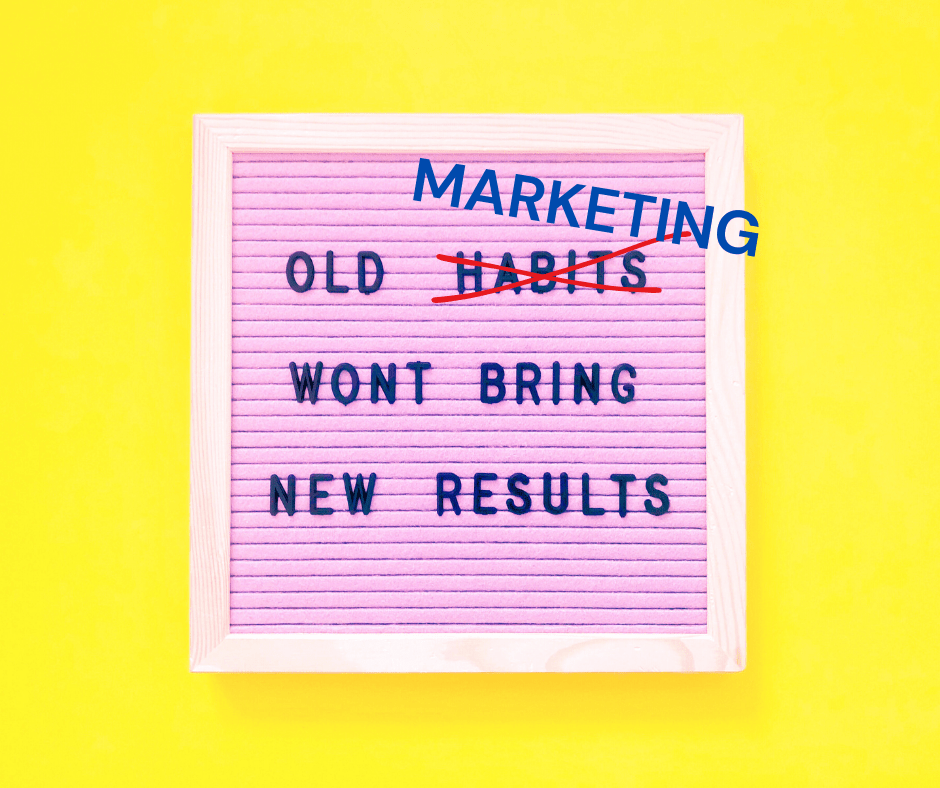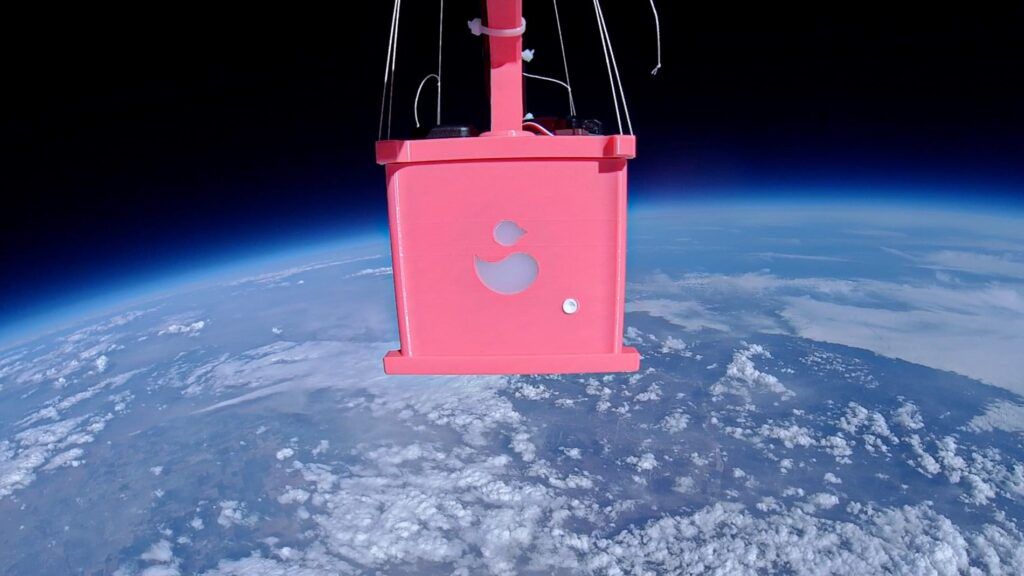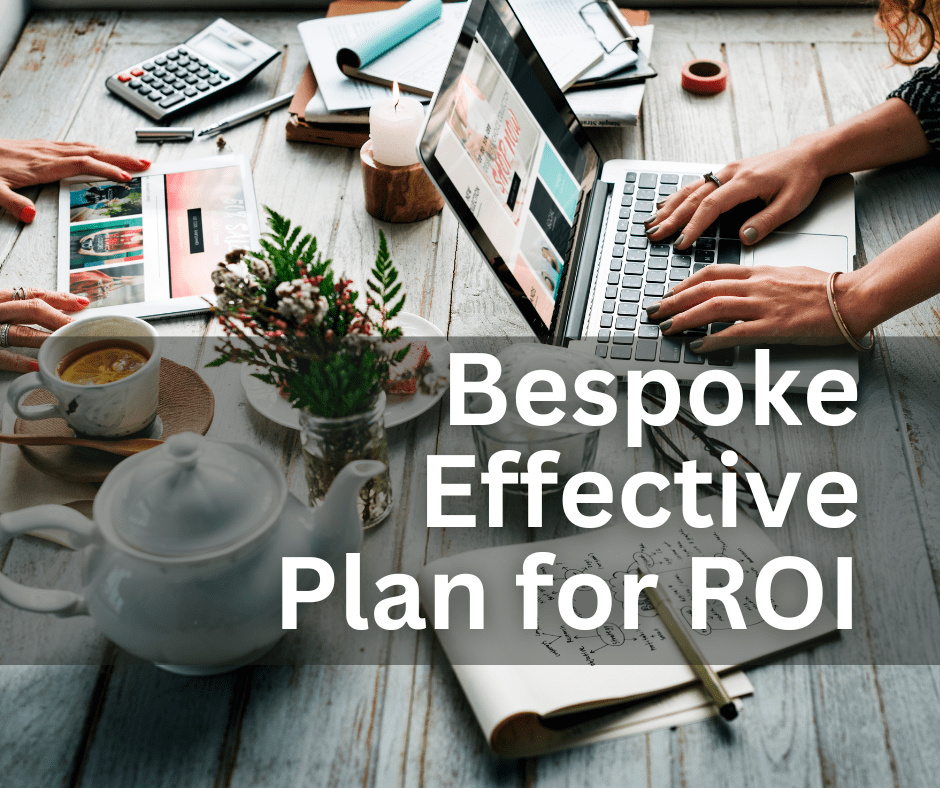Let's Generate Some Effective Ideas for Your Business
Entrepreneurs tend fall into one of two buckets:
- They don’t have any real marketing plan and just wing it 99.9% of the time; or
- They have had a formal, written marketing plan developed that then sits on a shelf collecting dust
But your marketing can be different.

















